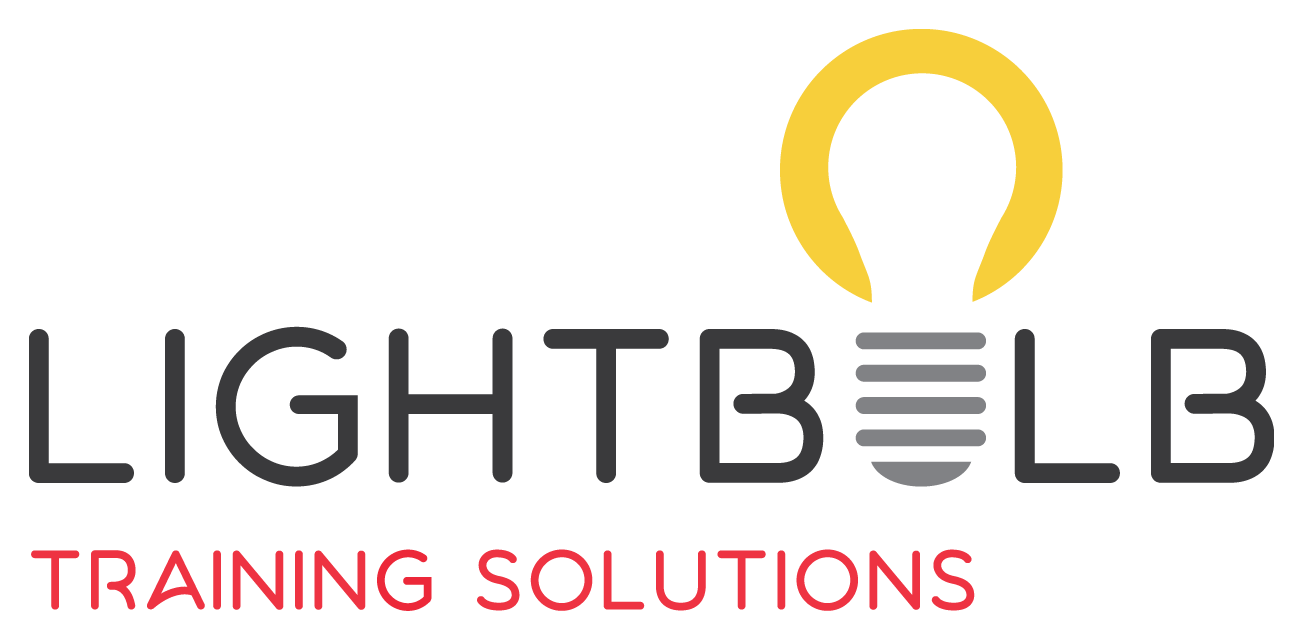Listening: The Lost Art of Customer Service
Have you ever had a conversation where you were sure the other person wasn't listening? You might have said something like, "That's not what I said!" or "If you would just let me finish!" It's a frustrating experience, especially when you're dealing with a customer.
The truth is that listening is a skill that many of us take for granted. We're so focused on our own thoughts and agendas that we tune out the other person. In customer service, however, active listening is essential for building rapport, understanding customer needs, and providing exceptional service.
The Listening Test
Take a moment to check your listening skills. What can you hear right now? Is it the air conditioner's hum, the clock's ticking, or the distant sound of traffic? Chances are, you weren't consciously aware of these sounds until you focused on them. The same is true in customer service. We might be physically present, but we're missing out on valuable information if we're not actively listening.
Active Listening: More Than Just Hearing Words
Active listening involves paying attention to both verbal and non-verbal cues. It's about understanding the customer's perspective, empathising with their emotions, and responding in a way that shows you're truly engaged.
Here's how to become an active listener:
Make Eye Contact: Show the customer you're focused on them by maintaining eye contact.
Nod and Use Body Language: Demonstrate understanding through nonverbal cues like nodding and leaning in slightly.
Paraphrase and Summarise: Restate the customer's key points in your own words to show you're paying attention and understanding their message.
Ask Open-Ended Questions: Encourage the customer to elaborate by asking questions that require more than a "yes" or "no" answer.
Avoid Interrupting: Let the customer finish speaking before you respond. This shows respect and helps build trust.
The Distractions of Modern Life
In today's fast-paced world, distractions are everywhere. From smartphones to noisy coworkers, staying focused on a conversation can take a lot of work. Here are some tips for minimising distractions:
Find a Quiet Space: If possible, move the conversation to a quieter area where you won't be interrupted.
Put Away Devices: Turn off your phone or silence notifications to avoid distractions.
Focus on the Customer: Give the customer your full attention. Don't let your mind wander or think about other tasks.
The Rewards of Active Listening
When you actively listen to your customers, you'll be amazed at the results. You'll build stronger relationships, understand their needs better, and be able to provide more effective solutions. Active listening is a valuable skill that can benefit you throughout your career.
Lightbulb Training Solutions: The Path to Effective Listening
At Lightbulb Training Solutions, we understand the importance of active listening in customer service. Our training programs can help you develop the skills you need to:
Develop your active listening skills and improve your communication abilities.
Build stronger relationships with customers and colleagues.
Resolve customer issues more effectively and efficiently.
Create a positive and engaging customer service experience.
Ready to become an active listener and transform your customer service interactions? Contact us today to discuss your specific needs and learn how Lightbulb Training Solutions can help you illuminate your path to success!

